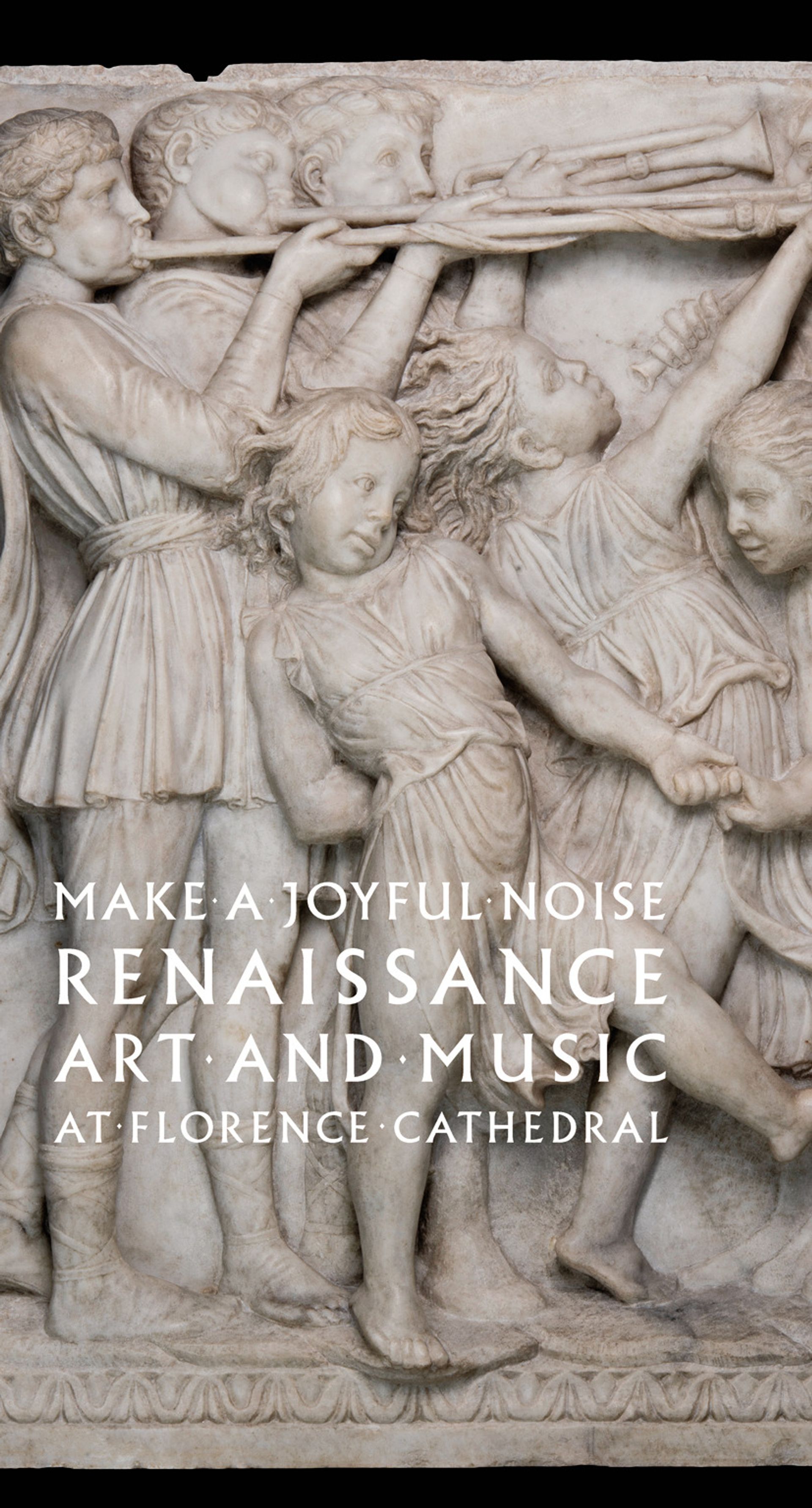Analysing Luca della Robbia’s organ loft (or Cantoria), designed for Florence Cathedral in the 1430s, is a curiously multi-dimensional exercise. The ten panels of the loft, with their singing and dancing children, require not only 3D thought to tease out the layers of relief in Luca’s not-always-accurate tangles of chubby, cheruby limbs, but also multi-sensory perception. These children are meant to be heard, as well as seen.
The panels were banished to the cathedral’s storerooms in the 18th century and were then billeted at various foster homes, before ending up in the Cathedral Museum. They formed the centrepiece of an exhibition and its catalogue, Make a Joyful Noise: Renaissance Art and Music at Florence Cathedral, earlier this year at the High Museum of Art, Atlanta, and the Detroit Institute of Arts.
Magisterial work
This elegant, cloth-bound volume is the exhibition’s catalogue, whose own centrepiece is Gary Radke’s magisterial 51-page essay on the Cantoria. Radke charts a chronological path through the ten sections of the organ loft, and through Luca’s parallel progression in confidence and in style, with clarity of eye and of ear. So plush with (relevant) illustrations is the piece, which boasts 43 examples in 51 pages, that the book becomes something of an exhibition in itself. Radke’s attention to details and his ways of pointing them out, never falter. Here in high-resolution are Luca’s putti, who give the lie to the phrase “stony silence”.
These musicians stand angelically upon clouds, but Luca has also carved furrowed brows peering at music, or the difference between a lute’s double and single drone strings. Here are the 20 pegs of a harp in full song, and the jostling of childlike knees as they cluster round a single copy of the music, faces strained with the effort of reaching a high note; one struggling with a particular phrase (perhaps he was late for rehearsal), others placed aside, hand on chin, listening attentively. Psalm 150 is inscribed in three bands around the loft, and, alongside the harps and lyres, the resounding cymbals, and the strings and the pipe, Luca has taken the instruction “let everything that has breath praise the Lord” and rendered it in stone, carving mouths as round as the “o” in “Lord”, through which air is passed from stony lungs to reach that particular note, that particular dynamic. These are extraordinary renditions of the earthly practicalities involved in the formation of heavenly choirs.
Radke’s essay is accompanied by four shorter pieces, which set the Cantoria in its musical, cultural and historical contexts. The combination of works by art historians, musicians and musicologists is stimulating and results in a beautifully produced collection of illuminating and illuminated essays.
Oliver Soden has written for Gramophone, Tempo and the BBC, and is the music researcher for Private Passions on BBC Radio 3

Make a Joyful Noise: Renaissance Art and Music at Florence Cathedral
Gary Radke, with Gabriele Giacomelli, Patrick Macey and Marica Tacconi
Yale University Press, 96pp, $45 (hb)

